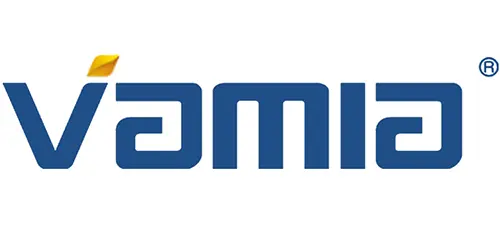The Pros and Cons of Reverse Osmosis Water Purification Technology

I. Unraveling the Working Principle of Reverse Osmosis
Reverse Osmosis (RO) is a widely – used and advanced water purification technology.
To understand its pros and cons, it’s essential to first grasp how it works.
Osmosis is a natural process where water molecules move from an area of lower solute concentration to an area of higher solute concentration through a semi – permeable membrane.
In reverse osmosis, an external pressure is applied to the side with the higher solute concentration, forcing the water molecules to flow in the opposite direction.
The semi – permeable membrane in RO systems has pores that are extremely small, typically around 0.0001 microns.
This minuscule pore size allows it to act as a highly effective filter. As water is pushed through the membrane under pressure, it can block a vast array of contaminants.
Dissolved salts, heavy metals like lead, mercury, and arsenic, and even microorganisms such as bacteria and viruses are unable to pass through the membrane, resulting in purified water on the other side.

